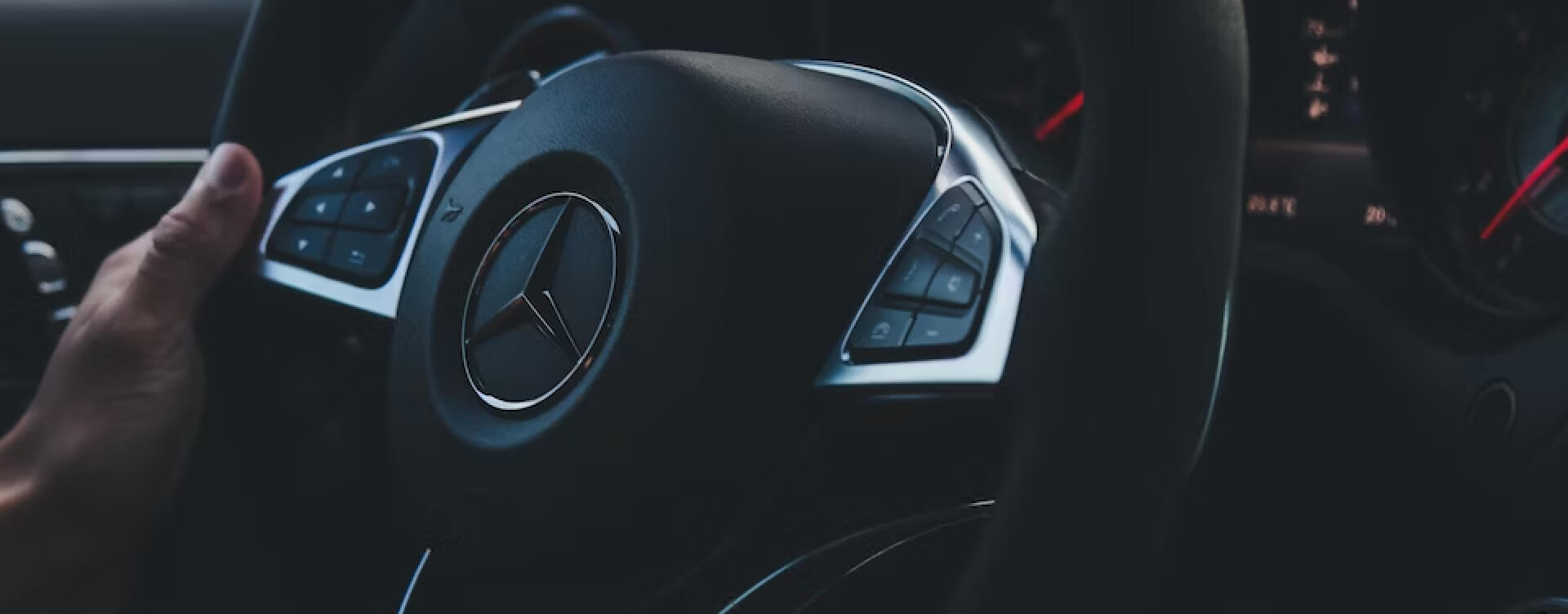Dashboard lights warn you about your car’s condition. Paying attention to them can prevent costly repairs. The guide below will help you understand some of the most common dashboard lights and what they signify.
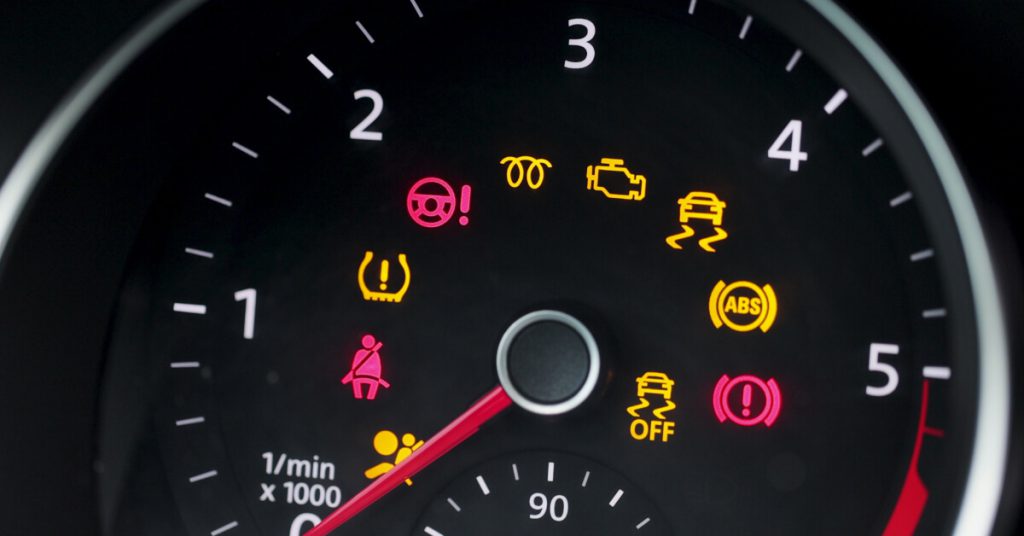
When the summer sun is relentless, your vehicle pays the price—often in ways that aren’t immediately visible. Most drivers think of winter as the harshest season for cars, but heatwaves can be just as brutal. Batteries weaken, tires swell, engines overheat, and interiors crack. Left unchecked, these issues can lead to expensive repairs or hurt your car’s resale value when it’s time to sell.
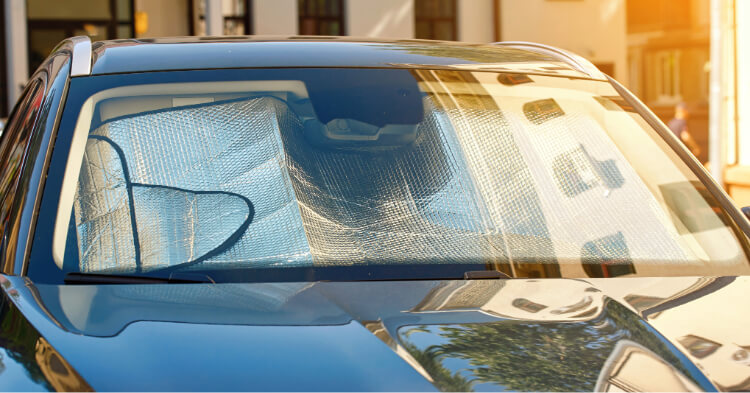
From drained batteries to diminished resale value, extreme heat can take a silent toll on your vehicle. Learn how to spot the warning signs and protect your car from costly summer damage.
If you rely on your car to get to work, run errands, or simply get around, this article is for you. Whether you’re trying to avoid a breakdown, minimize unexpected costs, or get the best price when selling your vehicle, we’ll walk you through the top heat-related hazards and the smart steps you can take to stay ahead of them.
Unlike sudden cold snaps, heat damage builds over time. It weakens internal systems, stresses mechanical parts, and warps surfaces—all while remaining largely invisible until something breaks. That makes preventive maintenance during hot months essential, especially for drivers in sunbelt states or those planning to sell their car soon.
High temperatures accelerate chemical wear inside your car battery. This can lead to slower starts, shorter lifespan, and in some cases, complete failure—especially if your battery is more than three years old.
Prevention Tip: Have your battery tested during seasonal maintenance. Clean any corrosion on terminals, and replace the battery if it shows signs of weakness.
Hot pavement expands the air inside your tires, which increases pressure. Combined with worn treads or underinflation, that pressure can cause sudden blowouts—especially during long drives or highway speeds.
Prevention Tip: Check your tire pressure monthly when the car is cold. Ensure tires are inflated to the manufacturer’s recommended PSI and examine treads for signs of uneven wear.
Summer heat places heavy demand on your engine’s cooling system. Low coolant levels or old radiator fluid can result in overheating, which may damage your engine or head gasket.
Prevention Tip: Check coolant levels before a road trip and ensure your radiator and fans are in working order. If your temperature gauge rises or steam appears under the hood, pull over and allow the engine to cool.
Few things are worse than a car with a broken air conditioner during a heatwave. Unfortunately, that’s when your system is under the most strain. Low refrigerant, clogged filters, or a failing compressor can lead to poor cooling—or none at all.
Prevention Tip: Run your A/C periodically even if you’re not using it heavily. Schedule a seasonal inspection to recharge refrigerant or address leaks before peak temperatures hit.
UV rays and high heat fade paint, crack dashboards, and warp plastic trim. This kind of cosmetic damage can significantly reduce your car’s resale value and create uncomfortable conditions inside the cabin.
Prevention Tip: Use a sunshade when parking outdoors, apply UV protectant to leather and vinyl surfaces, and wash and wax your car regularly to protect exterior paint from sun damage.
If you’re thinking of selling your car, summer wear-and-tear can cost you more than just comfort—it can lower your vehicle’s market value. Buyers (including professional car buyers) will factor in A/C performance, tire condition, paint fade, and interior damage when making an offer. Even small cosmetic issues can lead to lower appraisals or missed opportunities to close a deal.
That’s why it pays to address heat-related damage proactively. A vehicle that’s well-maintained, with functioning systems and a clean appearance, will always attract better offers—especially during the peak summer resale season.
Can extreme heat really damage my car battery?
Yes. High temperatures accelerate chemical reactions inside the battery, shortening its lifespan and increasing the chance of failure—especially in older batteries.
How often should I check my tire pressure in the summer?
You should check your tire pressure at least once a month, ideally when your tires are cold. Heat can cause air to expand and raise the risk of blowouts.
What are signs my engine is overheating?
Look for a rising temperature gauge, steam from under the hood, or a warning light on the dashboard. If you notice any of these, pull over safely and let your engine cool.
Can heat damage the resale value of my car?
Absolutely. Fading paint, cracked interiors, and worn tires from extreme heat can all lower your vehicle’s market value. Preventive care helps maintain your car’s appearance and performance.
How can I protect my car’s interior during a heatwave?
Use sunshades, park in shaded areas, and apply UV protectants to dashboards and leather surfaces. These steps help reduce cracking, fading, and heat buildup.
Heatwaves are unavoidable, but their effects on your car don’t have to be. By understanding the most common risks—like battery wear, tire blowouts, and interior fading—you can take simple steps now to avoid major expenses later. Whether you’re holding on to your car or preparing to sell, a little prevention goes a long way.

Dashboard lights warn you about your car’s condition. Paying attention to them can prevent costly repairs. The guide below will help you understand some of the most common dashboard lights and what they signify.
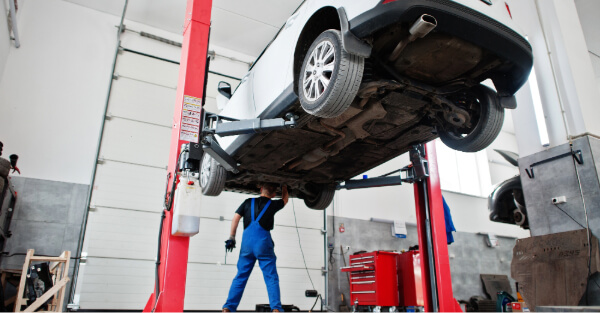
Every car owner knows the sinking feeling that comes with an unexpected breakdown or repair. Beyond being inconvenient, car repairs can put a significant dent in your wallet, with some major fixes costing thousands of dollars. The good news? Many common repairs can be delayed or even prevented entirely with proper maintenance and attention.
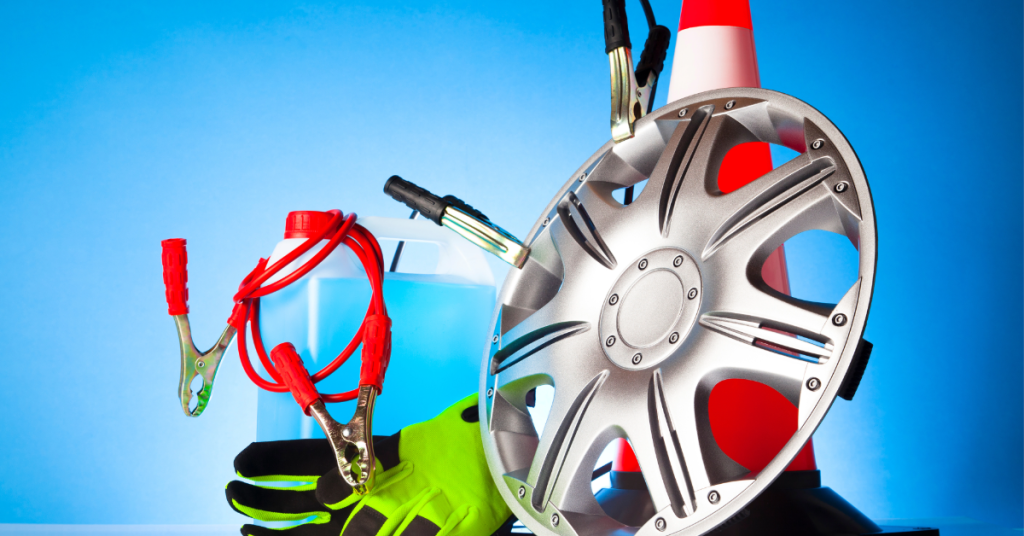
Looking to upgrade your driving experience? This article covers must-have car accessories that offer safety, convenience, and comfort. Discover the essential items that every driver should own to make every journey better.
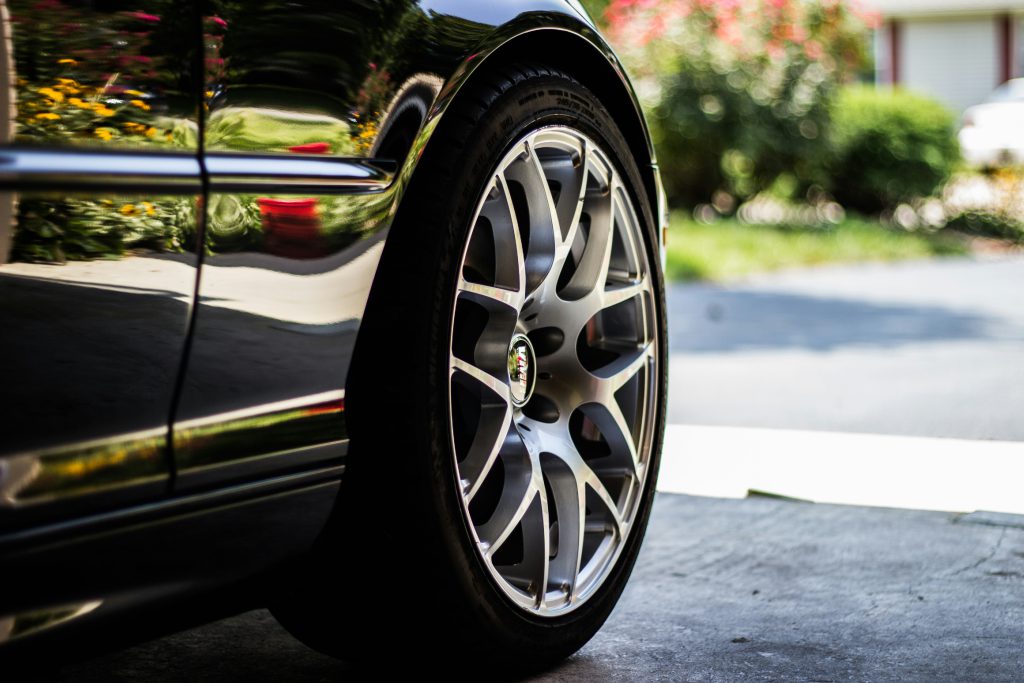
Is it time for a tire change? Discover the critical indicators for tire replacement, choose the right tires for your vehicle, and navigate the tire change procedure with ease. This article prepares you for a hassle-free tire swap, focusing solely on what you need to know.
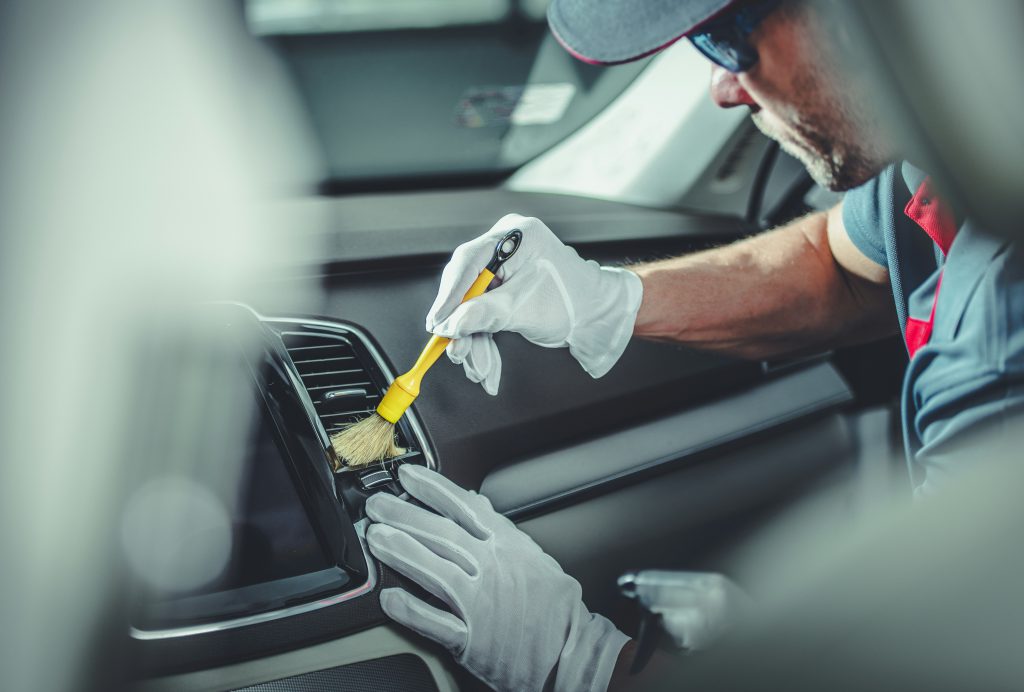
Looking for a straightforward guide to interior car cleaning? This article cuts through the noise to deliver practical tips and essential tools that will transform the look and feel of your car’s interior. From selecting the most effective microfiber towels to understanding the power of a quality vacuum and the versatility of all-purpose cleaners, we’ve got you covered. Dive in to discover how to make your car’s interior pristine with ease.
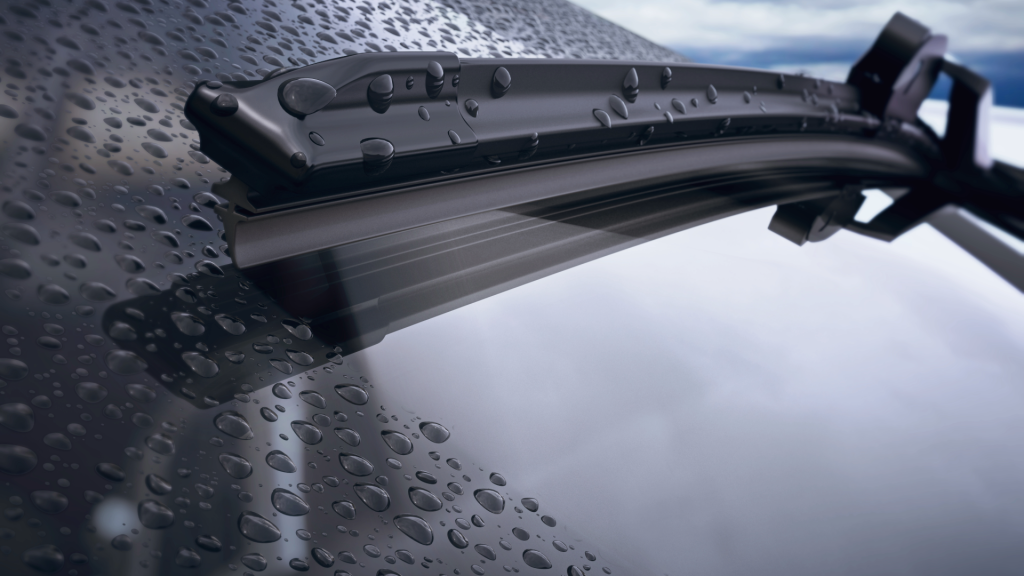
Choosing the right windshield wiper is vital for your driving visibility and safety. Our guide provides practical advice on finding the best fit, maintaining your wipers, and recognizing when it’s time for a replacement. Dive in for clear-cut answers to keep your view unobstructed, no matter the weather.
